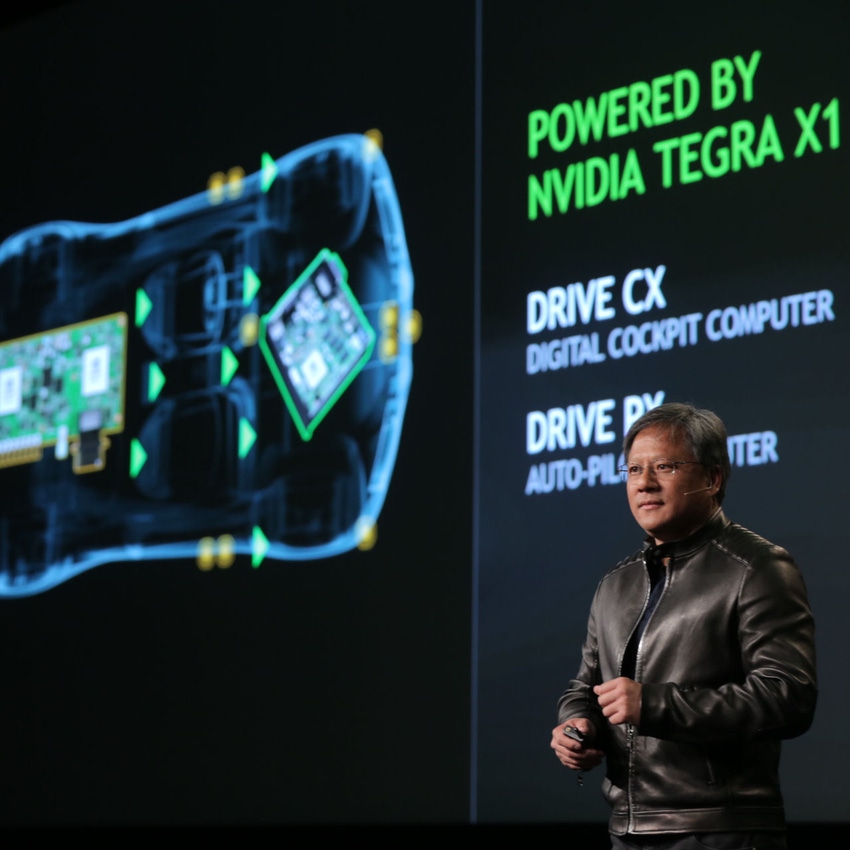Graphics giant Nvidia unveiled the latest version of its mobile SoC – the Tegra X1 – in Las Vegas ahead of the official start of CES 2015. The chip doubles the performance of the year-old K1 and supports a number of new features focused on the connected car.
January 5, 2015

Graphics giant Nvidia unveiled the latest version of its mobile SoC – the Tegra X1 – in Las Vegas ahead of the official start of CES 2015. The chip doubles the performance of the year-old K1 and supports a number of new features focused on the connected car.
The headline performance claim is over a teraflops of computing power, apparently more than the fastest supercomputer 15 years ago. In practice this represents Nvidia’s latest move in its graphics arms race with Imagination Technologies (which provides the GPU for Apple chips) and mobile SoC market leader Qualcomm.
The most distinctive feature, however, is a pronounced focus on the connected/smart car. Nvidia has launched a new platform called Drive, designed to use all this processing power to enable groovy car applications.
Drive PX is an autonomous driving platform that can support up to 12 onboard cameras. These, were are told, will come in handy for things like giving you a 360-degree view around your car and highly-tempting feature such as self-parking. Drive CX is positioned as a “cockpit platform” and seems to be an infotainment thing, supporting multiple screens, heads-up displays, etc.
“We see a future of autonomous cars, robots and drones that see and learn, with seeming intelligence that is hard to imagine,” said Jen-Hsun Huang, CEO of Nvidia. “They will make possible safer driving, more secure cities and great conveniences for all of us. To achieve this dream, enormous advances in visual and parallel computing are required. The Tegra X1 mobile super chip, with its one teraflops of processing power, is a giant step into this revolution.”
With its heritage in PC graphics cards, Nvidia has been trying hard to be a mobile SoC player for some time. But with companies like Apple designing their own chips and Qualcomm the established third-party SoC leader, design wins have been limited, especially in handsets. With this move Nvidia seems to be refocusing its embedded efforts on other IoT opportunities.
About the Author(s)
You May Also Like








.png?width=300&auto=webp&quality=80&disable=upscale)


_1.jpg?width=300&auto=webp&quality=80&disable=upscale)


.png?width=800&auto=webp&quality=80&disable=upscale)